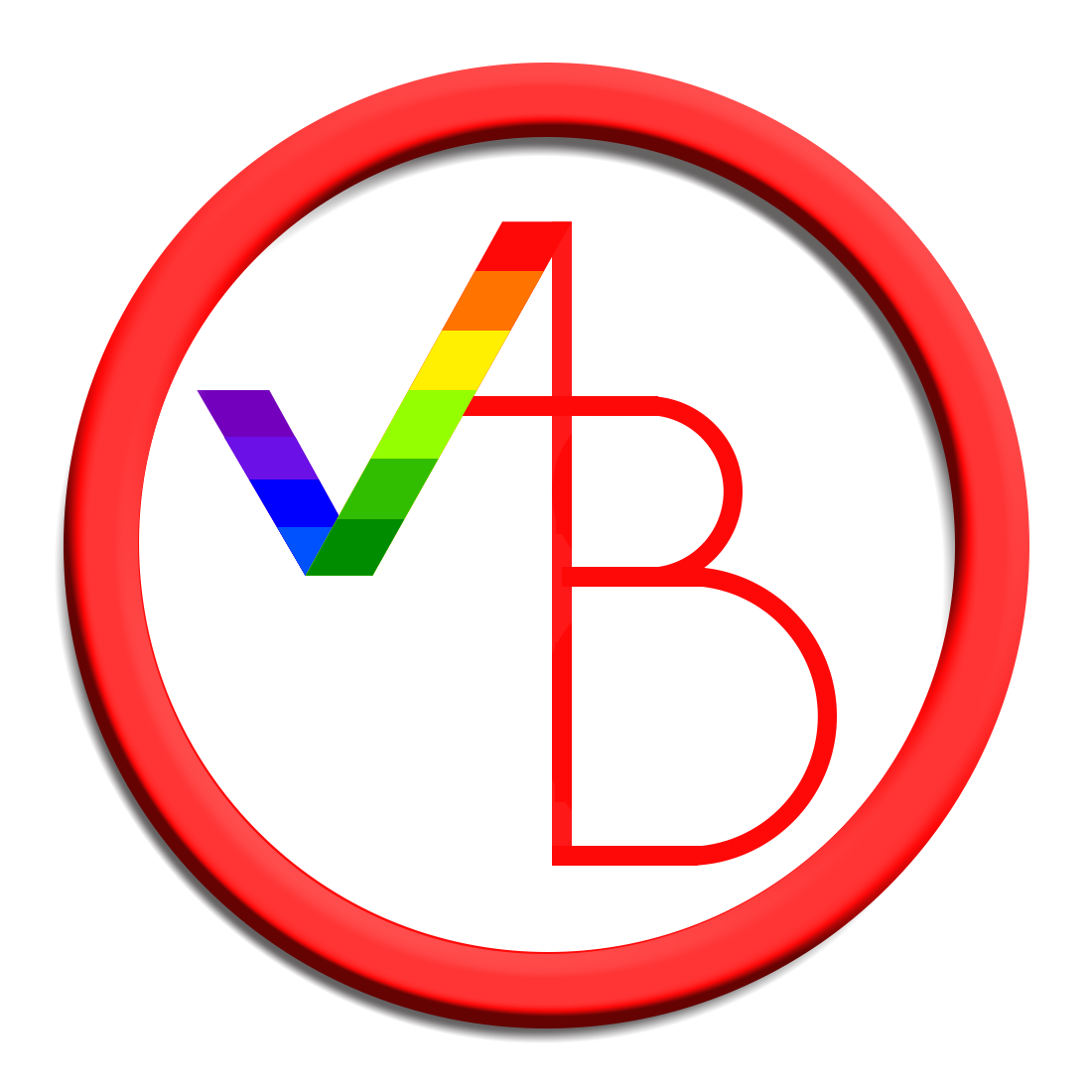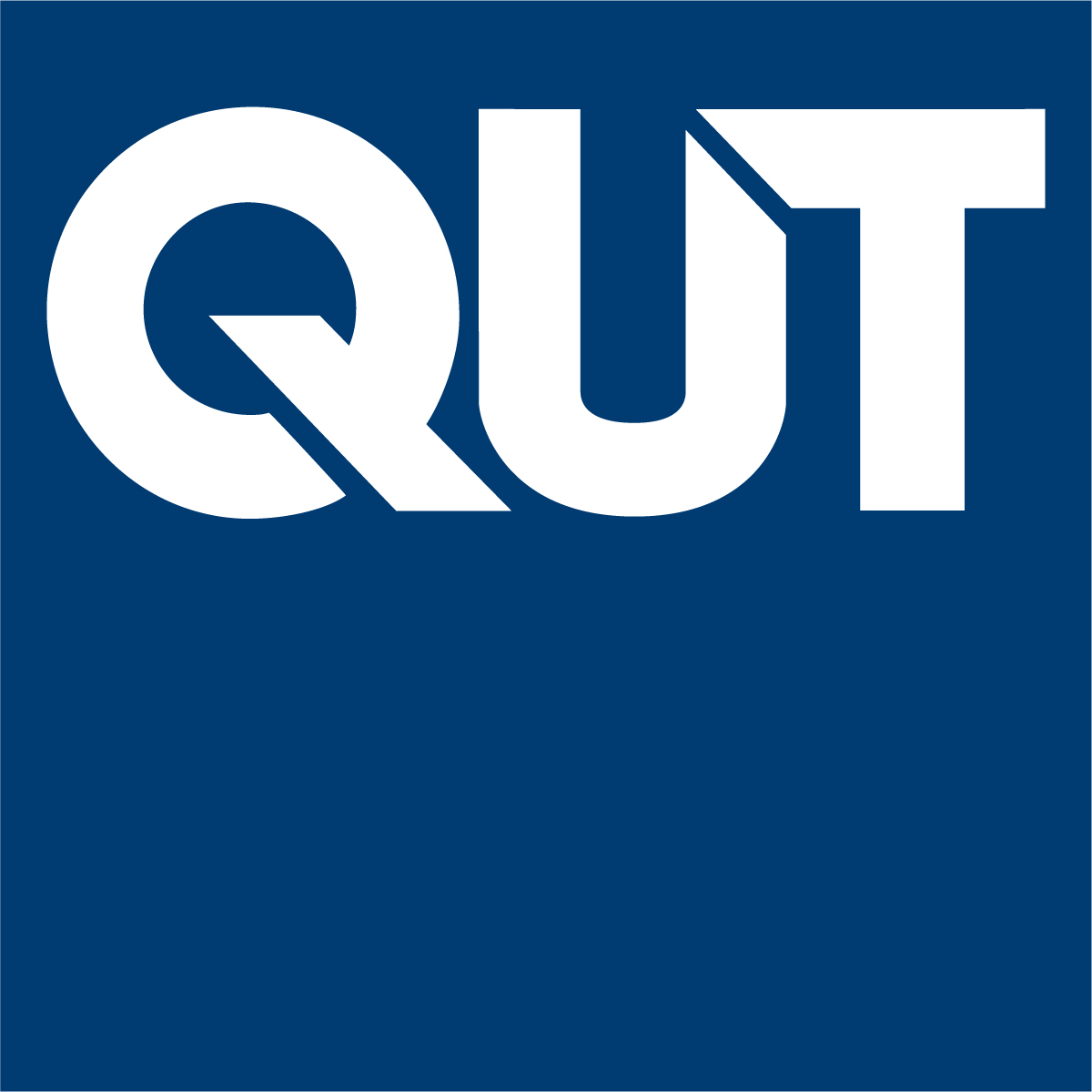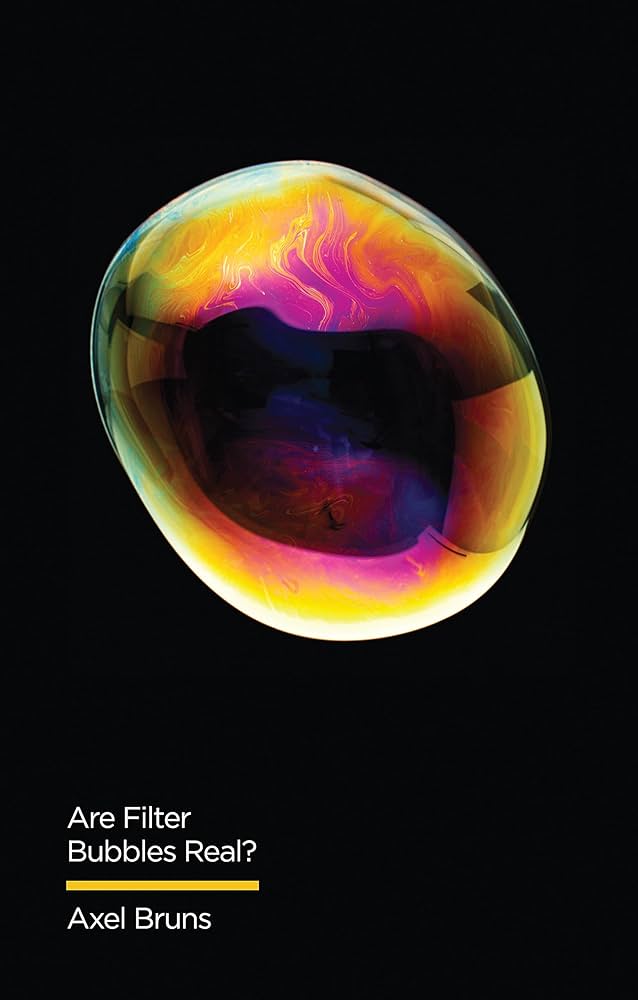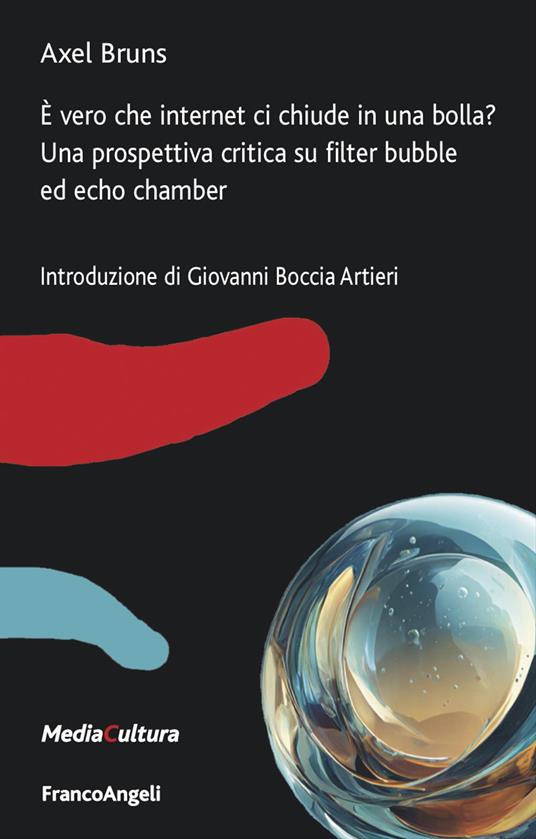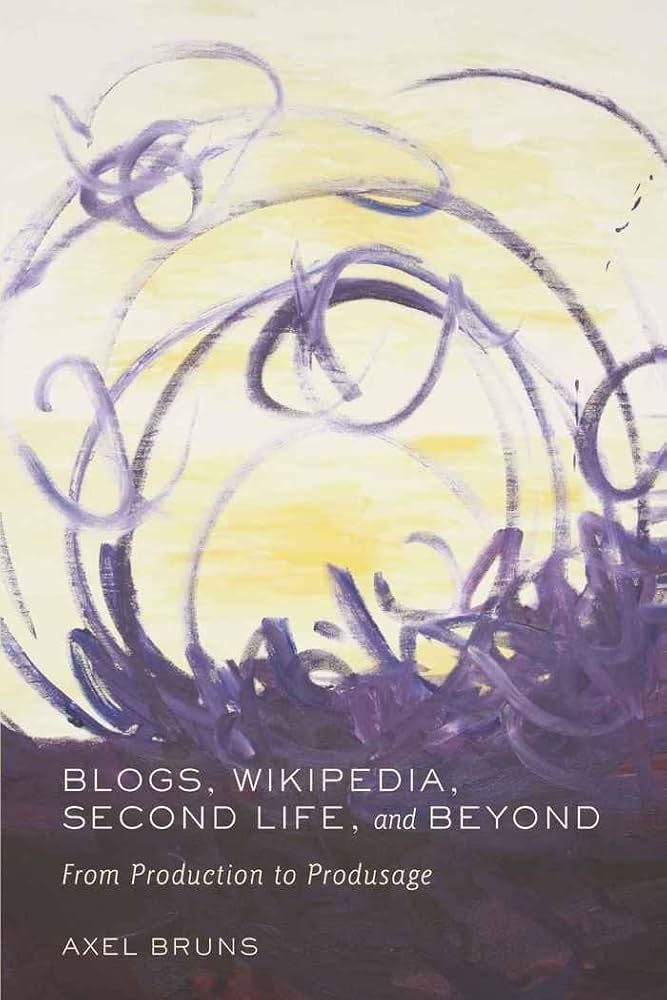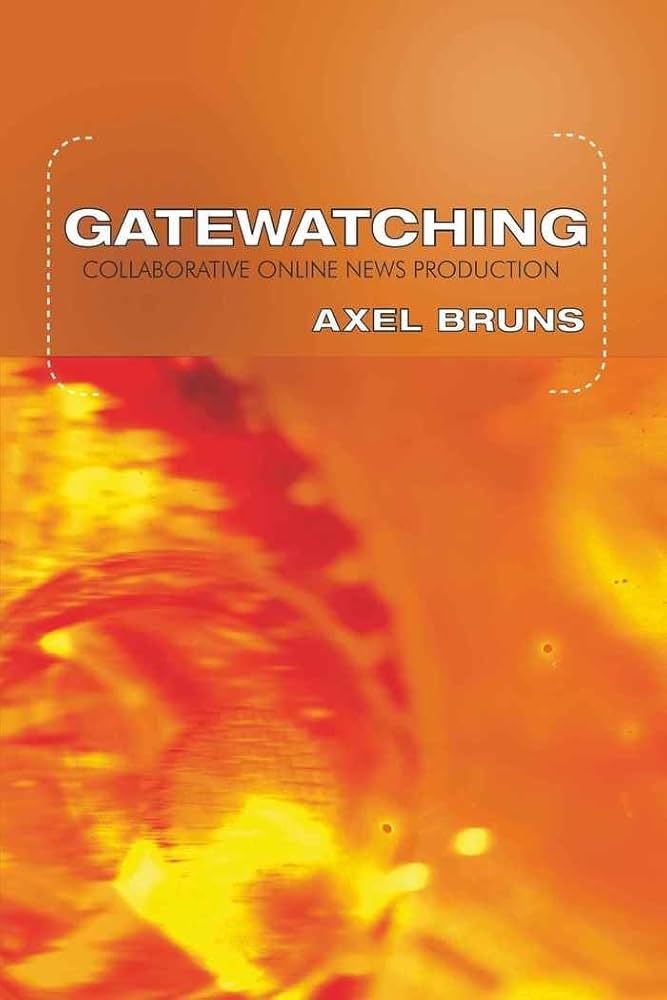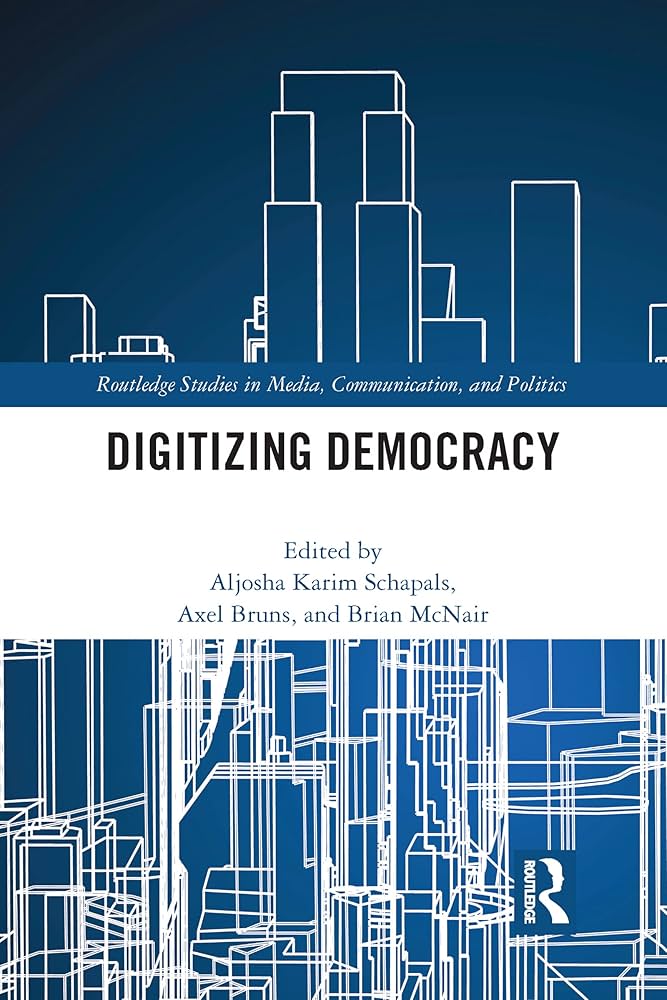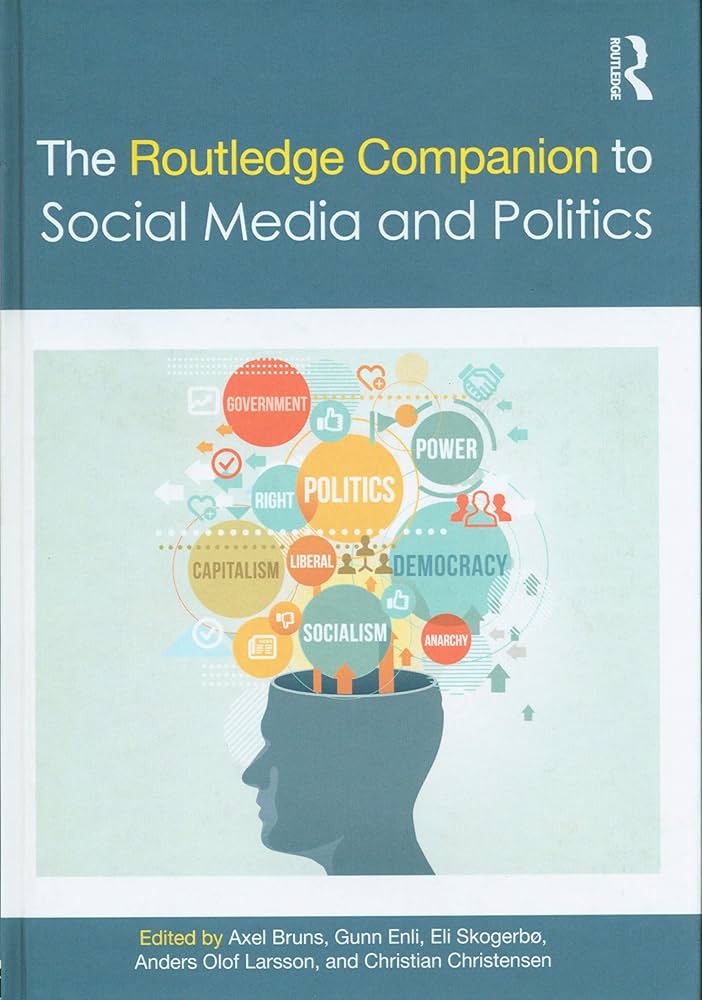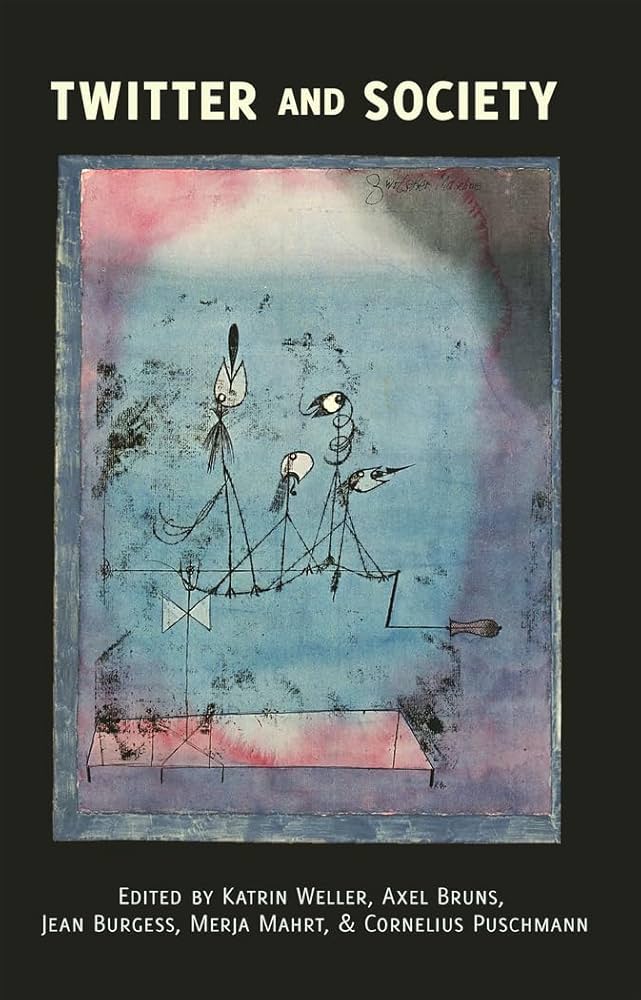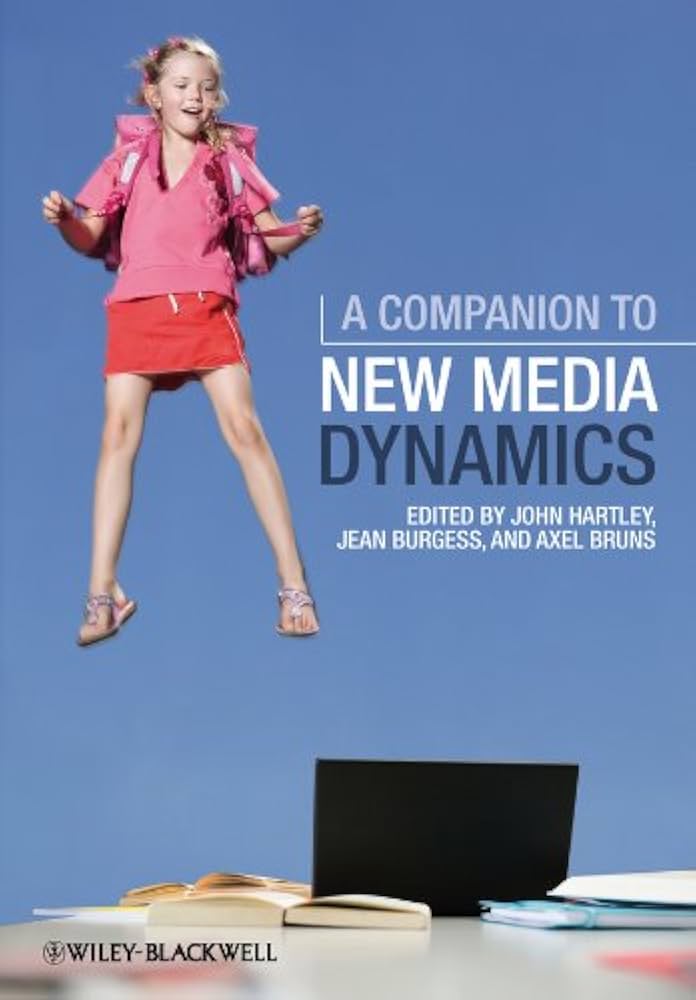The next speakers in this session at the ZeMKI 20th anniversary conference in Bremen are Julie Lüpkes and Anne Schmitz, whose focus is on the imagining of digital futures in digital tool development in education and journalism. These are examples of the mutual shaping of technology and society, through a reciprocal process of co-production, and they may embed a variety of smaller or larger ideas for the future, from projection through vision to imaginaries.
What digital futures do such tools present, then, and what factors limit their full realisation? This study engaged in media ethnographies and stakeholder interviews to understand these processes. It focussed on the KorrekturKumpel AI grading tool for school teachers, and the Smooth Operator content managing system for science journalism.
At the projection level, KorrekturKumpel programmers planned and developed the tool while automating the grading process; Smooth Operator developers sought to simplify collaboration. At the vision level, both aimed for relief and improvement through automatisation. Their broader imaginaries, finally, included systemic change in education, and overcoming information overload through ‘structured journalism’.
The imaginary of systemic change in education included an elimination of grading bias through the tool, better care for students, and more focus on changing education for the better. The imaginary of structured journalism required easy workflows for journalists, new formats of publication (like living factsheets), and better content filtering options for users.
These developments are limited by established practices in these industries, through: old grading practices and cultures in teaching, slow incorporation of new approaches into education, and problems with validating the reliability of new solutions; technical fragility of content management systems, established editorial routines and resistance to change, organisational flux and limited resources, and unclear and conflicting visions of what structured journalism could or should be.
In both domains, imagined digital futures are already strongly present in practices and visions for automatisation, and inscribed in development processes; but negotiation processes between actors are continuing. Technical aspects, organisational constraints, and social resistance continue to delay such developments, though. Studies such as these can help highlight these issues.
